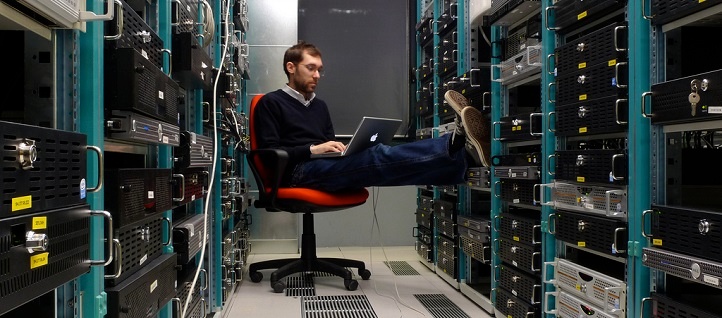Although the concept of continuous delivery has been around for some years now, IT professionals adopting it have not typically regarded databases as compatible with the method. Why is that?
A DBmaestro survey asked over 200 developers, DBAs, IT Ops mangers and other industry professionals for their views on continuous delivery implementation. Their opinions shed light on the matter:
Why Aren’t Databases Being Automated?
The survey showed a majority of respondents are implementing continuous delivery in the application but of those, only half include databases in the procedure. This is despite the survey showing that 81% believe it is possible to practice database continuous delivery.
When asked what was the biggest barrier to continuous delivery implementation for the database, 36% declared mistrust in database automation and 18% claimed it was a lack of awareness. 17% alleged an inability to change organizational culture, and a further 22% blamed it on either budget constraints or management/development team opposition.
Cross-Organizational Adoption
The survey also revealed that respondents considered the adoption of continuous delivery to be a cross-organizational effort to be embraced by all parts of the organization, 46% said DBAs should be responsible for adoption while a similar 40% said it is the responsibility of management. This flies in the face of a commonly held belief that either the developer or top executives alone are responsible for adopting new development methods.

Continuous delivery is a concept in software and database development of a well-defined process and automation. Through automation, tasks can be repeated dynamically without human shortcuts or errors, while ensuring the desired results every time.
Automation enables breaking down the hard parts of a task into smaller, easier parts. It also saves time, as team members are freed to work on other tasks.
Conclusion: Trust & Awareness is Pivotal
The survey’s results are revealing. On the one hand, continuous delivery has become almost the norm in the past few years with a majority implementing it for their code. On the other hand, despite the vast majority of industry professionals believing that databases can be included in their continuous delivery process, many do not.
Continuous delivery implementation for databases lags behind primarily because of a lack of trust and awareness that database development can be automated.
More than ever, DBmaestro is dedicated to showing enterprises that the same benefits that continuous delivery brings to their applications can be applied to their database.






